Global high-mix volume high-speed PCBA manufacturer
9:00 -18:00, Mon. - Fri. (GMT+8)
9:00 -12:00, Sat. (GMT+8)
(Except Chinese public holidays)
Global high-mix volume high-speed PCBA manufacturer
9:00 -18:00, Mon. - Fri. (GMT+8)
9:00 -12:00, Sat. (GMT+8)
(Except Chinese public holidays)
HomePage > Blog > Knowledge Base > Alumina Substrates 101: Complete Guide for Beginners
have probably seen circuit boards – usually green, with lots of tiny parts on them. Those green boards are PCBs. But what about electronics that need to handle more heat or be smaller and tougher? The main difference is the material. One very important material is alumina substrate.
For many electronics, the standard base is green FR-4. However, for tougher jobs, you need something else. You see, alumina is a type of ceramic. Alumina substrates are ceramic boards made from aluminum oxide.
Why does it matter what the substrate is made of? Because the material affects 3 prominent points:
1. How well does the circuit work?
2. How much heat can it handle?
3. And how long does it last?
This point is important especially for powerful and high-temperature electronics. So you want to enhance your knowledge about materials like alumina is a good next step. Don’t panic if it sounds technical; we’ll break it down simply.
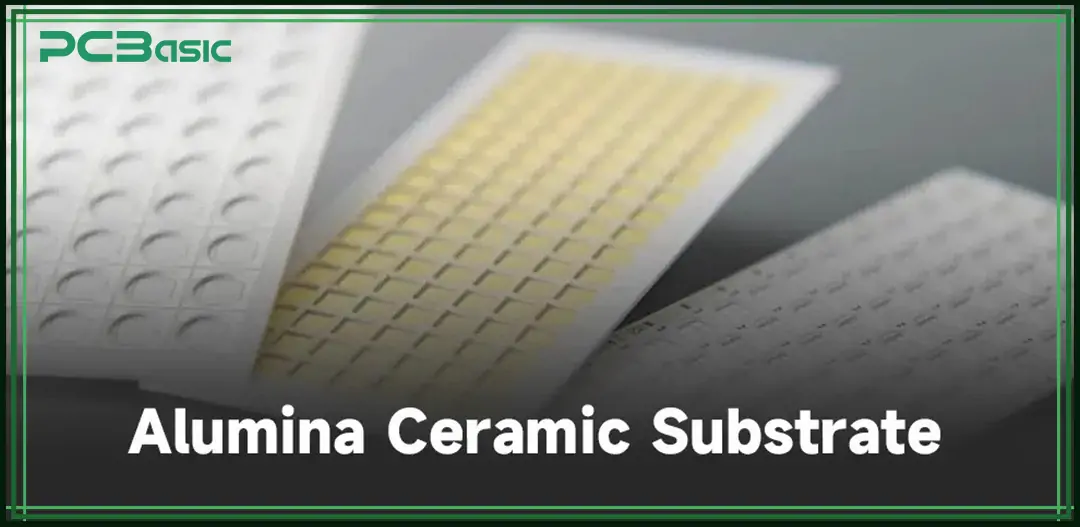
So, the basic point is that an alumina substrate is essentially a flat piece made from a ceramic material. This material is mostly aluminum oxide, which is written as Al₂O₃ by chemists. It’s the same stuff that rubies and sapphires are made of, but in a less pure, usually white or off-white, form for electronics.
You know, ceramics like alumina are very hard. They can handle high temperatures much better than the plastic-like material used in standard PCBs. Engineers know it’s a material with stable properties. It doesn’t change much even when things get hot or electrical signals are applied.
It is obvious that using a stable base helps make reliable electronics. These substrates are usually thin, flat sheets. They come in different sizes. They provide a strong, non-conductive base. “Non-conductive” means electricity doesn’t easily flow through it. This is crucial because you want the electricity to follow the paths you create on the surface, not get lost in the base material itself. This non-conductive property is a key benefit.
Why choose alumina over other materials for certain jobs? It comes down to its properties. This point is noticeable – alumina has a combination of features that make it great for many electronic applications.
1. Excellent Electrical Insulator
Alumina does not conduct electricity well at all. This is vital for preventing unwanted current leakage. It keeps the electrical signals where they are supposed to be, on the conductive tracks on the surface.
2. Good Thermal Conductor
While it doesn’t conduct electricity, alumina is surprisingly good at conducting heat away from components. This is a very important property. Electronic parts, especially powerful ones like processors or LEDs, create heat. If this heat isn’t removed, the parts can overheat and fail. Alumina helps spread the heat out or move it to a heatsink. Simultaneously, it keeps electrical signals separate. This combination of electrical insulation and thermal conductivity is hard to find in other materials.
3. High Mechanical Strength and Hardness
Alumina is very hard and strong. This makes the substrate durable. It can withstand handling and some physical stress. Components can be securely attached to it. It’s much more rigid than standard PCB materials.
4. High Temperature Resistance
Alumina can operate at much higher temperatures than typical organic PCB materials. This makes it perfect for electronics that get hot during use or need to work in hot environments.
5. Chemical Resistance
It holds up well against many chemicals used in manufacturing processes or that might be present in harsh operating environments.
6. Cost-Effective
While more expensive than standard FR-4, alumina is relatively low-cost compared to other high-performance ceramic substrates like aluminum nitride. This makes it a practical choice for many applications needing better performance than FR-4 but without the budget for top-tier ceramics. Benchmarking different materials shows alumina offers a good balance of performance and price.
Everything counts when designing reliable electronics. Together, these properties explain why alumina was chosen.
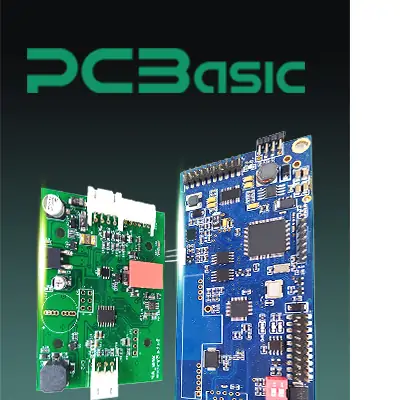 About PCBasic
About PCBasic
Time is money in your projects – and PCBasic gets it. PCBasic is a PCB assembly company that delivers fast, flawless results every time. Our comprehensive PCB assembly services include expert engineering support at every step, ensuring top quality in every board. As a leading PCB assembly manufacturer, we provide a one-stop solution that streamlines your supply chain. Partner with our advanced PCB prototype factory for quick turnarounds and superior results you can trust.
Making alumina substrates involves a few main steps.
1. Prepare the Powder
It starts with very fine aluminum oxide powder. This powder is mixed with binders and solvents to create a slurry, like a thick liquid or paste.
2. Forming the Sheet
This slurry is spread out onto a flat surface using a process called "tape casting." This creates a thin, flexible sheet (like a tape). The thickness is carefully controlled.
3. Cutting and Punching
While still in this flexible state ("green tape"), the material is cut into the desired size and shape. Holes might be punched for connections that go through the substrate.
4. Firing
The cut pieces are then heated in a high-temperature furnace. This firing process is called sintering. The binders burn away, and the alumina particles fuse together, forming a hard, rigid ceramic. This firing shrinks the substrate slightly, and this shrinkage must be accounted for in the design.
This process creates the hard, white board used as the substrate.
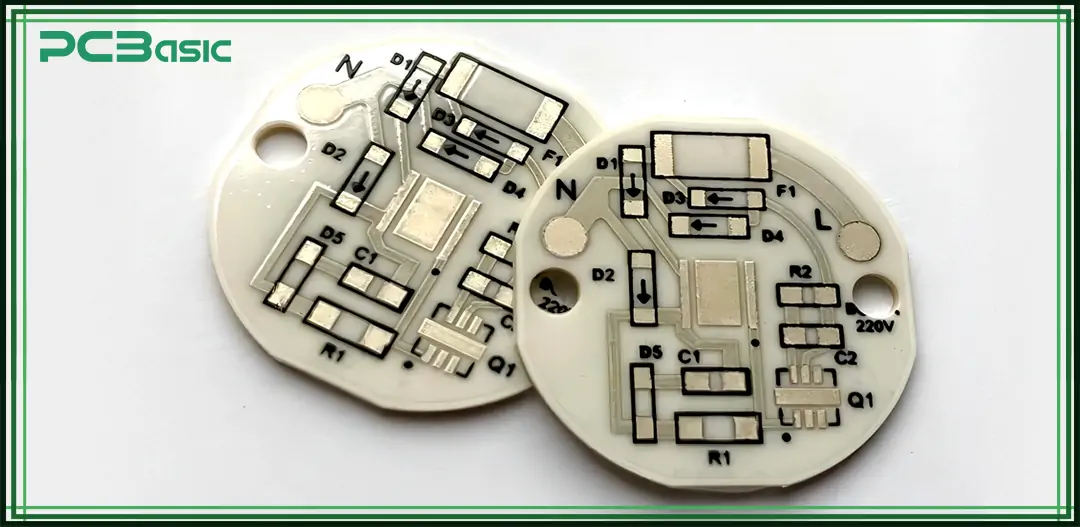
You will see alumina substrates used in many places, often in electronics where heat, size, or reliability are critical.
1. Hybrid Integrated Circuits
This is a major area. HICs combine different types of components directly on the alumina substrate. This is where techniques like thick film and thin film processing are used to create conductive paths and even some components directly on the ceramic. PCB and PCBA companies that make specialized electronics often use alumina for HICs.
2. High-Power Electronics
Because alumina handles heat so well, it's used in modules that manage a lot of power, like those found in electric vehicles, power supplies, or solar inverters. It helps keep hot components cool.
3. LED Lighting
High-brightness LEDs generate significant heat. Alumina substrates are often used to mount LEDs and help dissipate the heat, improving their lifespan and performance.
4. Automotive Electronics
Modern cars have lots of electronics working in hot engine compartments. Alumina's temperature resistance is key here.
5. Medical Devices
Reliability is critical in medical implants or diagnostic equipment. Alumina's stability and bio-compatibility make it suitable for some medical applications.
6. Radio Frequency and Microwave Electronics
For certain high-frequency circuits, the electrical properties of alumina are beneficial. While advanced ceramics might be needed for the very highest frequencies, alumina works well for many RF applications. Building a prototype for an RF module might very well involve using an alumina substrate.
Thinking outside the box, alumina's properties could potentially be useful in even more areas requiring heat management and electrical isolation.
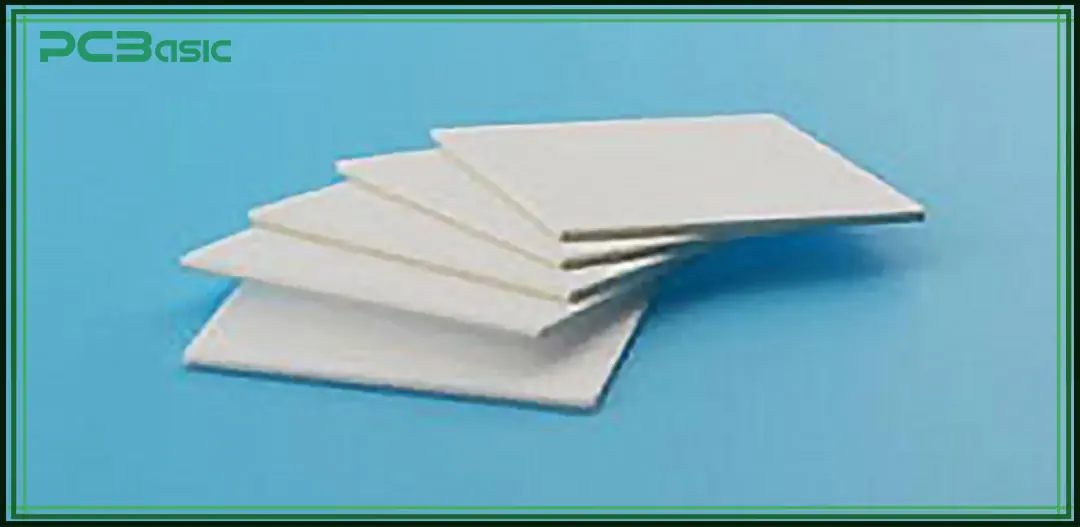
How does alumina stack up against other materials?
1. Alumina Substrates vs. FR-4
FR-4 is cheaper and easier to work with (drill, cut, multilayer). But FR-4 handles less heat and its electrical properties change more with temperature and frequency. Just because FR-4 is common doesn't mean it's always the best. Alumina is better for heat and stability, but is more brittle and requires different manufacturing methods.
2. Alumina Substrates vs. Aluminum Nitride
AlN is another ceramic substrate. It has much better thermal conductivity than alumina. However, it is also more expensive and harder to process. Alumina offers a good balance for many applications that don't need the extreme thermal performance of AlN.
Choosing the right substrate is part of Design for Manufacturability. You pick the material that meets the performance needs without being overly expensive or difficult to build with.
So the basic point is, alumina substrates are essential ceramic bases for electronics, especially where heat and reliability matter. Their key strengths are electrical insulation, good heat transfer, and durability. You'll find them in power modules, LEDs, and hybrid circuits. While they require careful handling, alumina offers a cost-effective, high-performance alternative to standard PCB materials for many critical applications.
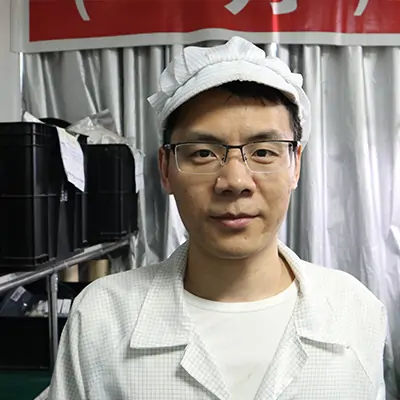
Assembly Enquiry
Instant Quote
Phone contact

+86-755-27218592
In addition, we've prepared a Help Center. We recommend checking it before reaching out, as your question and its answer may already be clearly explained there.
Wechat Support

In addition, we've prepared a Help Center. We recommend checking it before reaching out, as your question and its answer may already be clearly explained there.
WhatsApp Support

In addition, we've prepared a Help Center. We recommend checking it before reaching out, as your question and its answer may already be clearly explained there.
